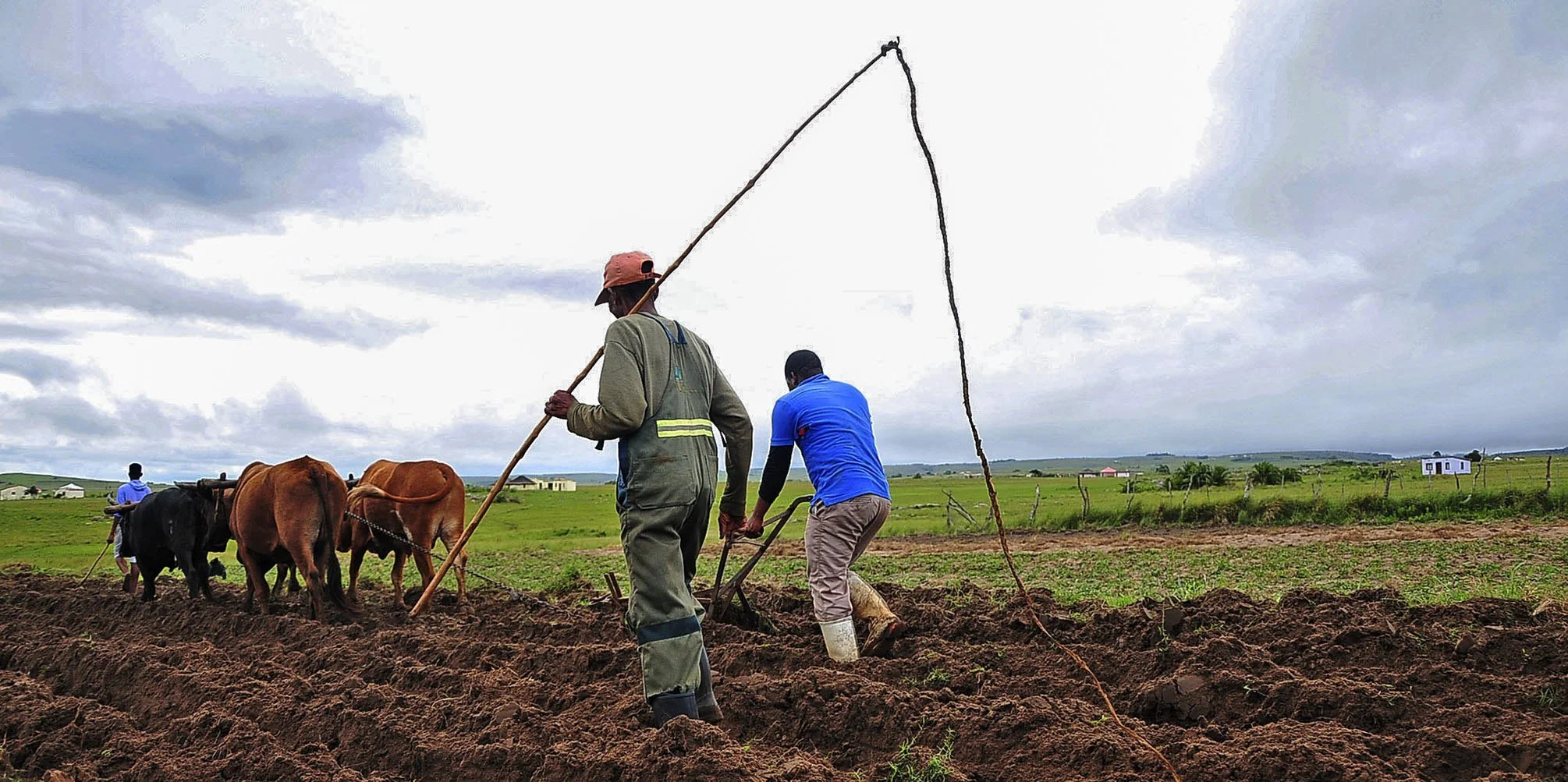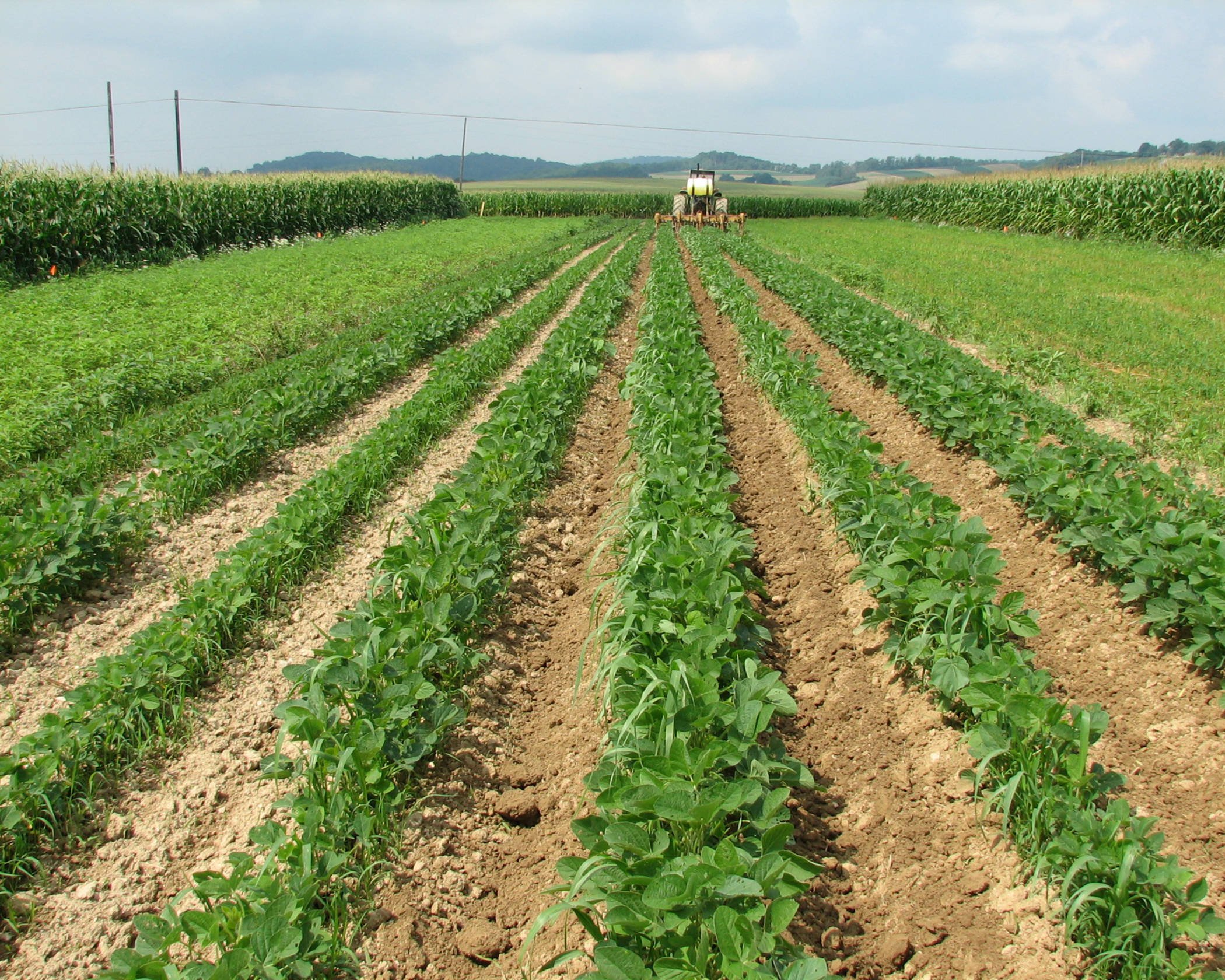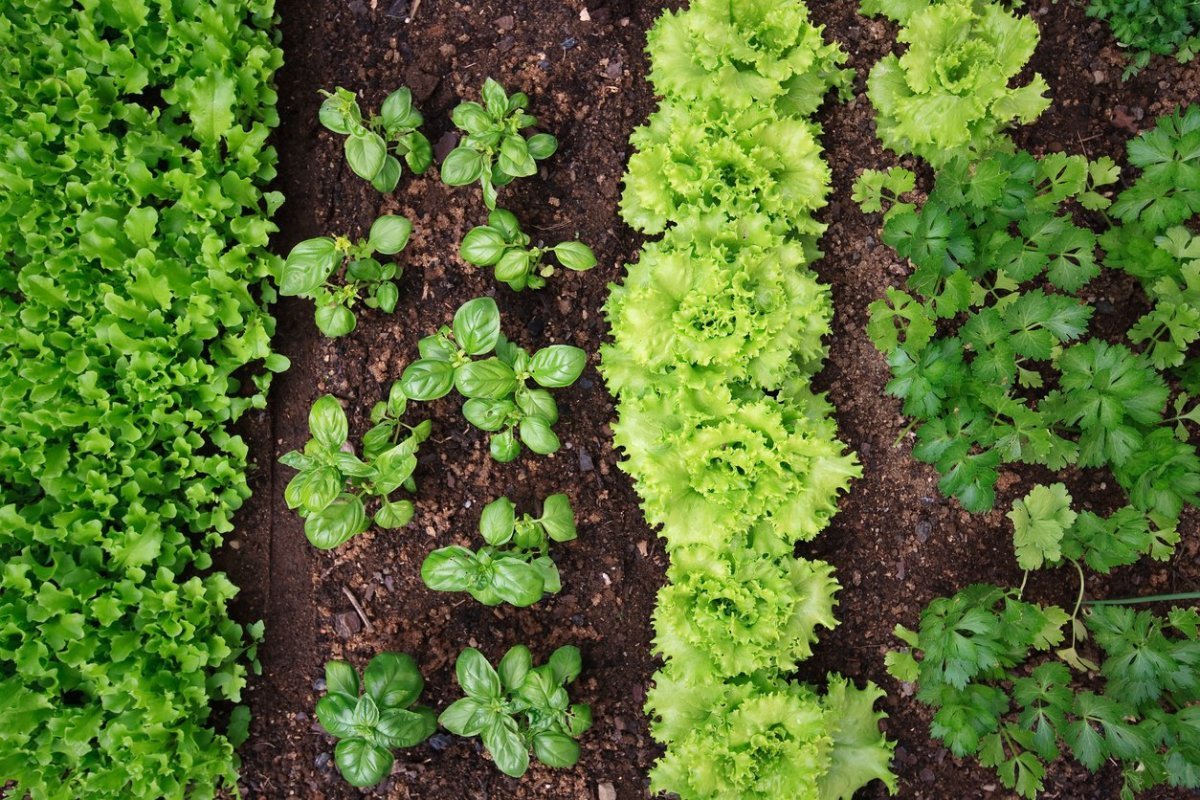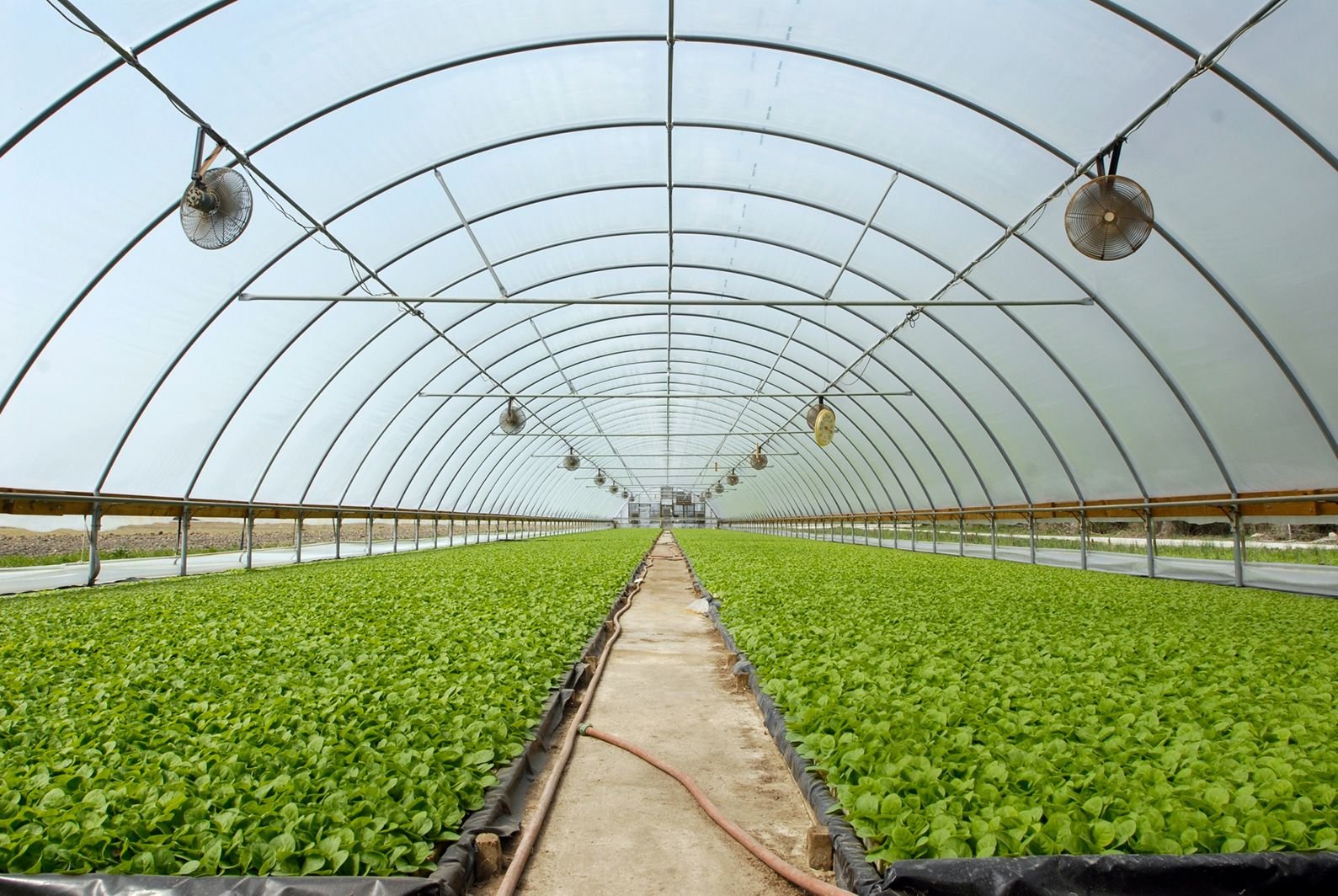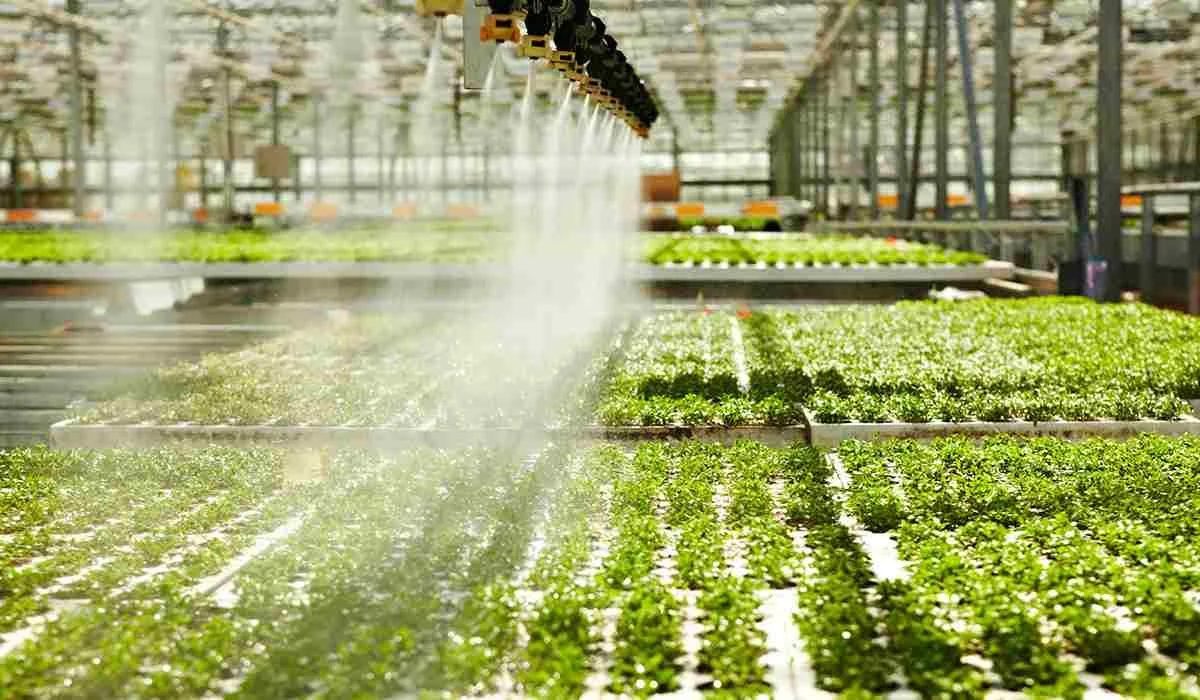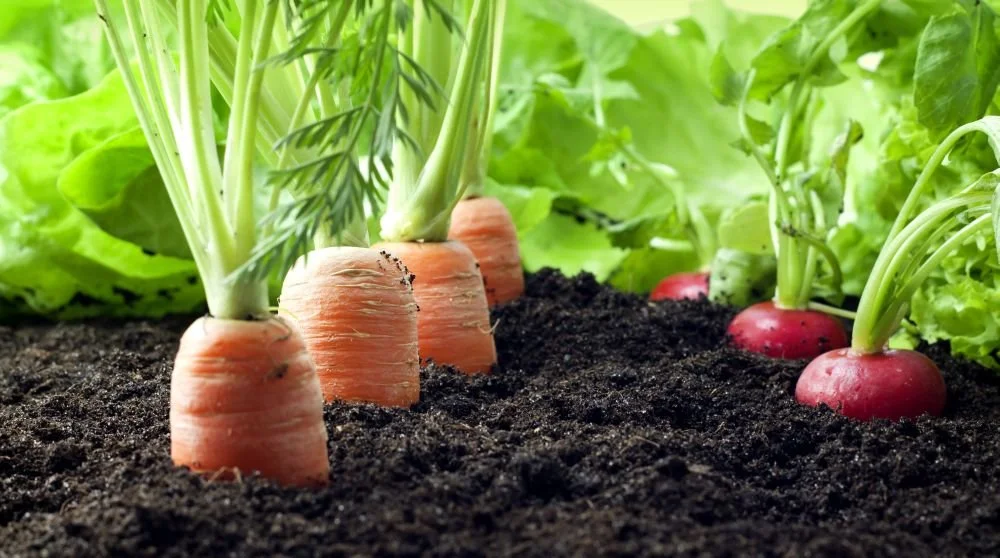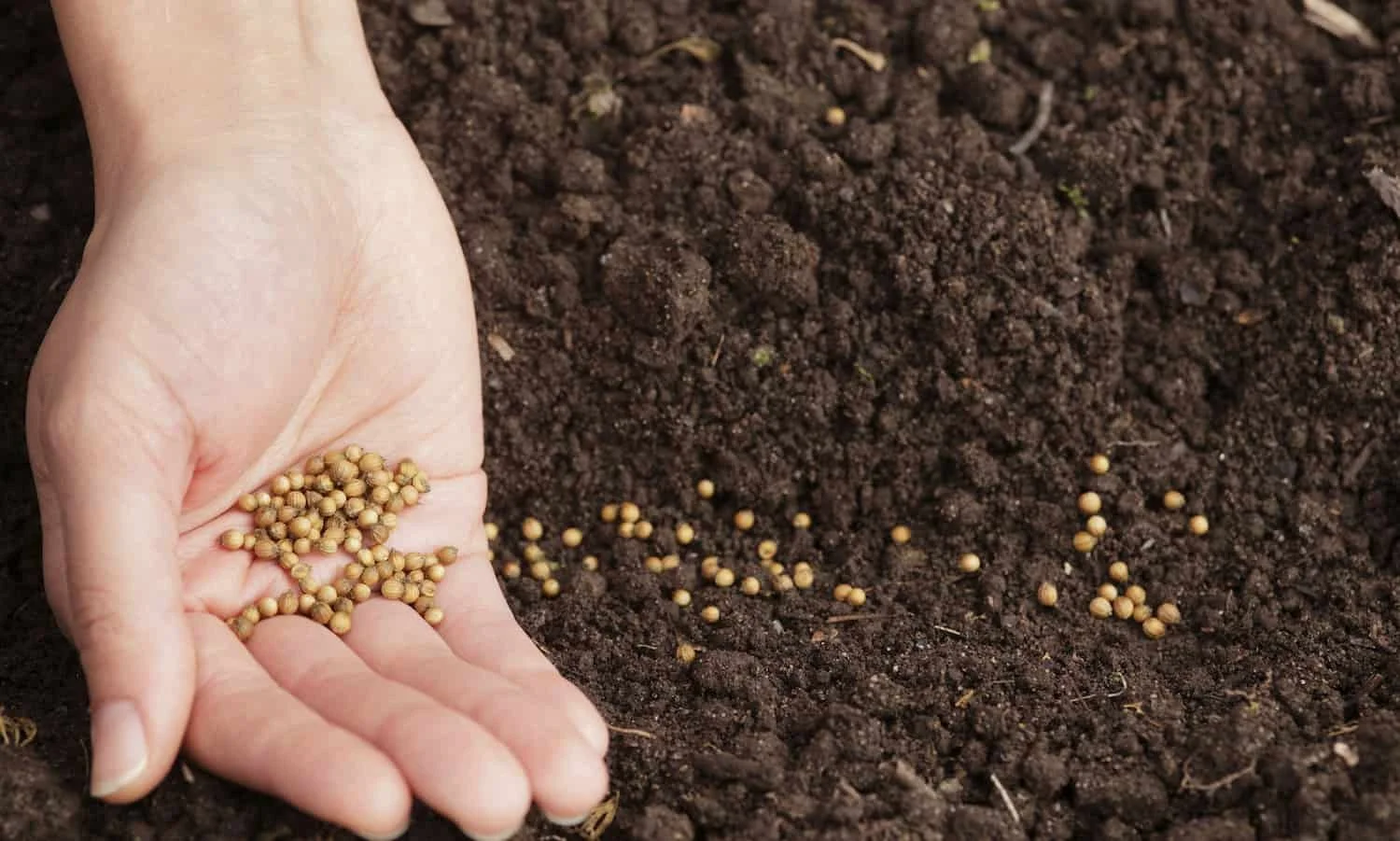The Resurgence of Subsistence Farming
A Sustainable Solution for Food Security
Discover > Self Sufficiency > The Resurgence of Subsistence Farming: A Sustainable Solution for Food Security
Subsistence farming is the practice of growing crops and raising animals for the purpose of providing for one’s own family or community. It has been around for centuries, but in recent years, it has gained renewed attention as a sustainable solution to food security.
With the rise of climate change, urbanization, and globalization, subsistence farming has become an alternative to industrial agriculture, which often relies on harmful chemicals, monoculture, and unsustainable practices. In this blog post, we will explore the benefits of subsistence farming, the challenges it faces, and how it can contribute to a more equitable and resilient food system.
What is Subsistence Farming?
Subsistence farming is a type of farming where the farmer produces enough food to meet the needs of their family and community, rather than for commercial sale. Subsistence farming has been practiced for thousands of years and is still used in many parts of the world, particularly in developing countries. With the rising interest in sustainability and organic farming, subsistence farming is making a comeback in developed countries as well.
Why is Subsistence Farming Making a Resurgence?
There are several reasons why subsistence farming is becoming more popular. One reason is the desire for more control over food production. With concerns over food safety and the environmental impact of commercial agriculture, many people are turning to subsistence farming as a way to take control of their food supply. Subsistence farming also allows people to grow their food organically and without the use of harmful chemicals.
Another reason is the desire for more sustainable agriculture. Traditional farming practices rely heavily on chemical fertilizers and pesticides, which can have negative effects on soil health, water quality, and human health. Subsistence farming, on the other hand, focuses on using natural methods to grow crops and raise animals. This helps to reduce the environmental impact of agriculture while also producing healthier food.
Benefits of Subsistence Farming
First and foremost, subsistence farming provides a means of livelihood for small-scale farmers and rural communities. It allows them to grow nutritious food for themselves and their neighbors, while also generating income from surplus production. Subsistence farming also promotes local food systems, reducing the dependence on imported food and increasing self-sufficiency. In some cases, subsistence farming has proven to be more profitable than cash-crop production, as it eliminates the middlemen who exploit small farmers and disrupt local markets.
Subsistence farming is also environmentally sustainable, as it usually involves diversified and organic farming practices. Instead of relying on synthetic fertilizers, pesticides, and genetically modified crops, subsistence farmers use natural fertilizers, crop rotation, intercropping, and other traditional methods that promote soil health and biodiversity. This not only improves the quality of the food produced but also reduces greenhouse gas emissions, conserves water resources, and protects wildlife habitats. Moreover, subsistence farming can help mitigate climate change by sequestering carbon in the soil, through practices such as agroforestry and conservation agriculture.
Challenges of Subsistence Farming
Despite its many benefits, subsistence farming faces many challenges, particularly in the face of rapid urbanization and globalization. Land grabbing, land consolidation, and displacement of small farmers from their traditional lands are some of the threats that subsistence farming faces, as land becomes scarce and more valuable for other purposes. Furthermore, subsistence farming often lacks access to credit, markets, and extension services, which limits its productivity and competitiveness. Although some governments and NGOs have recognized the importance of subsistence farming and provided support, more needs to be done to ensure that it is not marginalized in the global food system.
Another challenge facing subsistence farming is the lack of recognition and respect for traditional knowledge and practices. Western models of agriculture often ignore or dismiss the skills, wisdom, and values of indigenous and traditional communities, who have developed their own ways of managing land and resources. By incorporating local knowledge into subsistence farming practices, and by valuing diversity and adaptation, subsistence farming can not only be more sustainable but also more culturally appropriate and socially just.
The Bigger Picture
Subsistence farming offers a promising alternative to industrial agriculture, not only for small-scale farmers but also for consumers and the environment. By promoting local food systems, biodiversity, and cultural diversity, subsistence farming can contribute to a more equitable and resilient food system.
By adopting a human rights approach and recognizing the rights of small farmers, indigenous people, and rural communities, subsistence farming can also help achieve the United Nations’ Sustainable Development Goals, including zero poverty, zero hunger, and climate action.
Subsistence Farming Techniques
In recent years, more and more people have started to take an interest in growing and harvesting their own food. One of the most popular ways to achieve this is through subsistence farming. Subsistence farming refers to a farming system that focuses on providing enough food to sustain the farmer and their family, without the need for commercial production or the surplus sale of crops.
Here are some of the most ingenious techniques and practices that subsistence farmers use to ensure the success of their crops and the health and wellbeing of their families and communities.
Companion Planting
One of the most innovative techniques that subsistence farmers use is companion planting. This involves growing different plants together in the same area, which can encourage beneficial relationships among them and reduce the risk of pests and diseases. For example, planting basil next to tomato plants can protect them against whiteflies, while planting beans near corn can provide them with extra nitrogen.
Crop Rotation
Another essential practice in subsistence farming is crop rotation, which involves rotating different crops in the same field from one planting season to the next. This prevents the soil from becoming depleted and supports natural nutrient cycling. By rotating crops, subsistence farmers can also reduce the risk of soil-borne pests and diseases, which tend to accumulate over time in the same area of land.
Composting
One of the keys to a successful subsistence farm is nurturing rich, healthy soil, and composting is a vital part of this process. This involves collecting and decomposing organic waste such as food scraps, yard trimmings, and animal manure, which can be used as a natural fertilizer. Many subsistence farmers also use living mulches, such as clover or alfalfa, to protect and nourish the soil between crops.
Intercropping
In some subsistence farming systems, farmers intercrop different crops in the same field to maximize yield and productivity. For example, planting fast-growing vegetables between rows of slower-growing fruit trees can help them to establish roots and improve soil quality, while providing the farmer with a diversity of crops and income streams.
Greenhouse Farming
Greenhouse farming involves growing crops in a structure made of transparent material such as glass or plastic. This technique is ideal for people living in areas with harsh climatic conditions such as extreme heat, frost, and drought. Greenhouse farming allows you to control the humidity, light intensity, and temperature levels to provide the optimal growing environment for your crops. With the right knowledge and resources, you can grow a wide variety of crops in a greenhouse all year round, including fruits, vegetables, and flowers.
Agroforestry
Agroforestry is the practice of growing crops and trees in the same field. This technique combines the benefits of agriculture and forestry to promote biodiversity, reduce soil erosion, and conserve natural resources. In agroforestry, trees serve as windbreaks, soil stabilizers, shade providers, and fertilizer sources. The crops grown in the same field with the trees also benefit from the nutrients, water, and shade provided by the trees.
Rainwater Harvesting
Rainwater harvesting is the process of collecting and storing rainwater, which can be used for irrigation, livestock watering, and domestic use. This technique is particularly useful in areas with low rainfall and limited access to fresh water sources. Rainwater is collected from rooftops, storage tanks, or underground reservoirs and can be treated for drinking if necessary.
Organic Farming
Organic farming is a type of farming that relies on natural methods instead of using synthetic fertilizers, herbicides, and pesticides. This technique is a sustainable way to cultivate crops and promote biodiversity while minimizing pollution and reducing exposure to harmful chemicals. Organic farming techniques include composting, crop rotation, and integrated pest management. Organic produce is highly valued because it is healthier, fresher, and free of toxic residues.
Saving Seeds
Finally, subsistence farmers recognize the importance of saving and preserving their own seeds, rather than relying on commercial seed suppliers. This not only ensures that they have access to crop varieties that are well-suited to their climate and soil conditions, but also helps to build resilience against climate change and other threats to food security.
Subsistence farming offers a sustainable and self-sufficient approach to food production that benefits both the farmer and the surrounding ecosystem. By adopting techniques such as companion planting, crop rotation, composting, intercropping, and seed saving, subsistence farmers can maximize their yield and productivity while supporting the long-term health and wellbeing of their families and communities.
Conclusion
Subsistence farming may not be a new concept, but it is a vital one, particularly in a world grappling with climate change, rising food insecurity, and increased economic inequality. As we reflect on the growing importance of subsistence farming, it is essential that we recognize the benefits that it brings to small-scale farmers, rural communities, and the wider population.
It is also crucial to address the challenges that subsistence farming faces, including land grabbing, lack of access to resources, and the marginalization of traditional knowledge. By doing so, we can embrace a more sustainable, equitable, and resilient food system, one that values diversity, adaptation, and respect for human rights.
#subsistence farmers #subsistence agriculture #intensive subsistence farming #commercial agriculture #agricultural production #soil erosion #shifting agriculture #forest land #cash crops

